Venison, the culinary name for deer meat, is commercially available both wild and farmed. Not native to Australia, deer were introduced by settlers in the 19th century.
Venison is extremely lean and naturally tender. It is one of the most nutritious of all red meats, with less than 2 per cent fat, and little or no marbling. It is high in B6, B12, potassium, phosphorus, riboflavin, niacin, and zinc and lower in saturated fat than domestic red meats. Wild venison is higher again, with a highly favourable saturated to polyunsaturated ratio and omega n-3 to omega n-6 ratios. This is largely because wild deer feed on grass and vegetation rather than high-energy cereals found on deer farms.
~ Hand Harvest/Individually harvested is the practice of licenced sharpshooters who hand shoot (harvest) animals humanely and ethically on the site where the deer naturally reside. ~ Bulk sourcing:/bulk harvesting: refers to both large groups of trained hunters that work appropriated land to take out large numbers in bulk (and/or) aerial culling (also known as Helicopter shot) teams shoot large groups on the ground.
“What are the Differences in Harvesting Methods, Species Available, and Supply Methods?
Hand Sourced, employs three primary suppliers of Wild Venison. Each supplier sources (harvests) differently, and each provide different species. Below you will find a guide to:
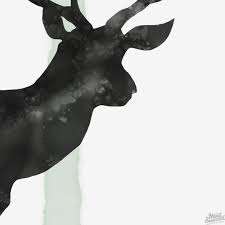
-
Harvesting methods (the way the game is killed)
-
Species (what we can supply to you)
-
Who does what (our supply chain from wild to you)
-
Wild over farmed (why we choose wild meats)
Differences in Harvesting Methods, Species Available, and Supply Methods
(and why you should know about them)
1. Harvesting methods (the way game is killed):
There are a number of types of ‘wild harvesting’ game meats. The term ‘wild harvested’ is often used interchangeably, however, methods under this umbrella differ greatly.
a: Hand harvested/Individually harvested/Individually shot:
Hand harvesting is humane and ethical. It refers to the practice of licensed sharpshooters who hand shoot (harvest) animals humanely and ethically on the site where the deer naturally reside. These shooters stealthily search privately owned farmland and naturally treed bushland at night, and select animals are harvested in the field from a long-range, using a sound-suppressed rifle and a high-power scope. A single head shot is implemented. Pregnant females or females with young are excluded from harvest.
b: Bulk sourcing:/bulk harvesting:
‘Bulk’ means ‘mass’ or ‘size of something large’. Bulk sourcing/bulk Harvesting refers to large groups of trained hunters that work appropriated land to take out large numbers in bulk. This can be in teams on the ground, or via aerial culling. Aerial culling (also known as Helicopter shot) refers to a team of shooters, a pilot and a spotter/counter who locates the deer. No exclusions of specific animals are made.
The bodies yielded from aerial bulk harvesting are collected and sold to companies such as Macro meats, Paroo, Rangeland, Spring Ridge etc, who supply large amounts of wild game to butchers, caterers, food companies and meat distributors to be onsold. The remainder of bodies are left on the ground. Carcasses that are left to rot become a food source for other pests such as pigs, foxes and wild dogs.
Some bulk harvesting suppliers will use the term ‘hand harvested’ referring to the manual collection of fallen bodies; or ‘wild shot’ referring to the use of firearms.
2. Species (what we can supply)
 The main wild species available to Australian consumers are Sambar, Chital, Fallow, and occasionally, Red.
The main wild species available to Australian consumers are Sambar, Chital, Fallow, and occasionally, Red.
3. Who does what (our supply chains)
The three suppliers we choose, and what they can offer you.
Discovered Wildfoods Individually hand harvest (shoot) using private contractors on private farmland in the high country. They shoot in small groups of individual harvesters. They supply Sambar deer and wild boar. They harvest to order, and usually need a 2-4 week lead time.
- Sambar are Australia’s largest feral deer species, and have a deep flavour with a coarse grained meat.
- You can purchase from a wide range of cuts, and delivery is direct from the harvesting supply to your door. Cuts are bulk packed. Source: NSW/VIC.
Hand shot – bulk cuts – 7kg or 15kg cartons – frozen – delivered to your door. Available here.
Australian Wild Game Harvesters is a one man team, who hand shoots a weekly supply of sustainable, wild harvested deer. He supplies us with Chital or Fallow. They like a 2 -4 week lead time, but shoot weekly unless it is mating season.
- Chital is light, almost fruity, and with a clean finish. The grain is even and similar to veal.
- You can purchase whole carcasses (SEQ only) or broken down whole deer (all other locations) delivered from the QLD/NSW land, direct to you, from QLD’s Sunshine Coast.
Hand Shot – Whole deer, either intact or broken down into cuts – 18-22kg – delivered to your door. Available here.
Fair Game supply bulk source boned out meat, with some bone-in options available. No lead time required.
- Fallow or chital are delicate, sweet and light in flavour when compared to other species, with a finer grained meat.
- You can purchase from a range of cuts, including their hand made sausages (gluten free). Cuts are from bulk sourced quantities.
Bulk harvested – cuts in small quantities – $150.00 minimum spend – delivered to your door. Available here.
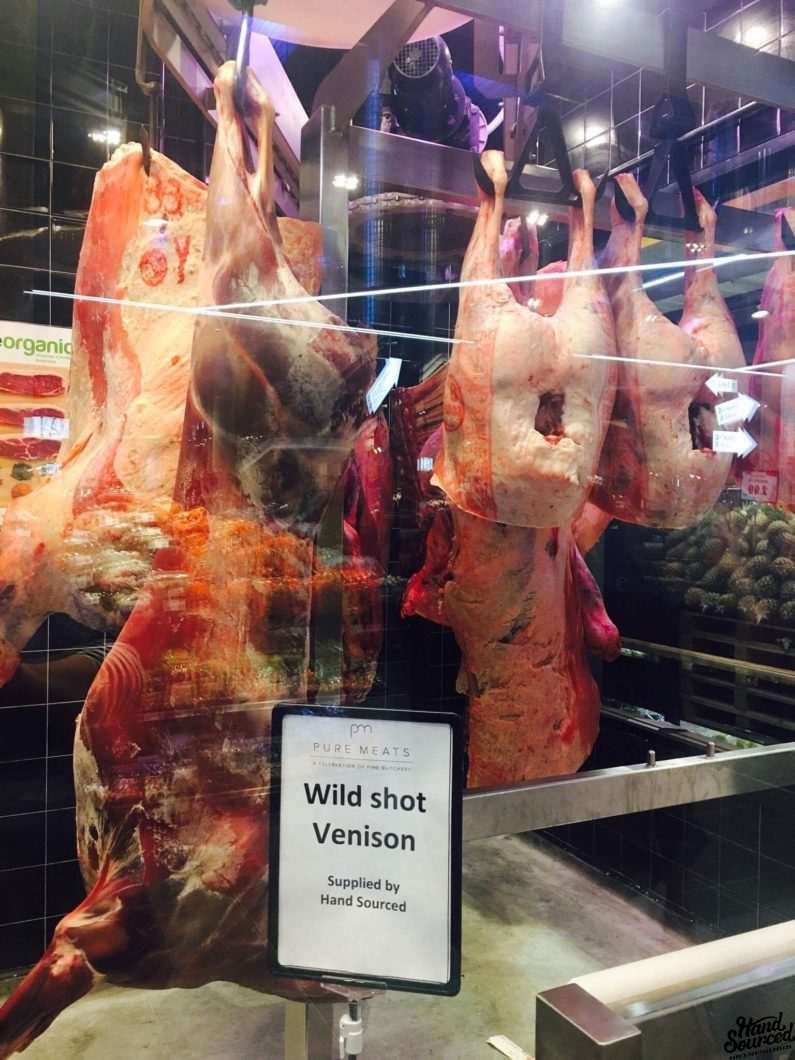
4. Wild over farmed (why we choose wild meats)
Animals never spend a single living moment in captivity and are completely chemical, antibiotic, and hormone free, as nature intended.
Wild field harvesting reduces stress during slaughter. An animal that senses a threat will react with an increased flow of adrenaline which in turn creates a rapid increase in lactic acid within the muscles. This acidic condition causes the meat to become tough, strongly flavoured, and reduces the shelf life of the meat.
Farmed deer are slaughtered by loading them into a trailer, taking them to a slaughterhouse, and running them through an apparatus where they are killed and processed. Even though these deer are domesticated and relatively tame, the stress introduced during this process can affect meat quality.
The purpose of using wild field harvesting is to ensure the animals are never under any stress and the resulting meat quality is the highest possible.. Wild venison requires no live-transport, no mustering into yards, and no abattoir.
Things that love venison:
Allspice berries, anchovies, bacon, bay leaves, beetroot, chestnuts, garlic, juniper berries, lentils, mustard, olive oil, onions, pancetta, paprika, pepper, port, red wine, redcurrant jelly, rosemary, salt, sour cherries, thyme.
You can order your venison here.
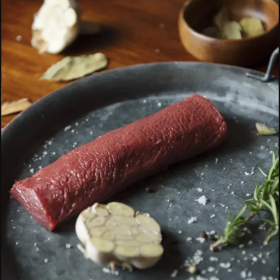
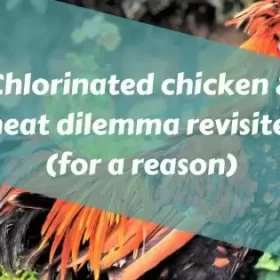
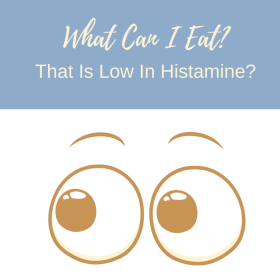
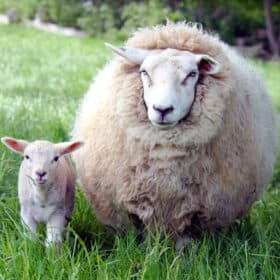
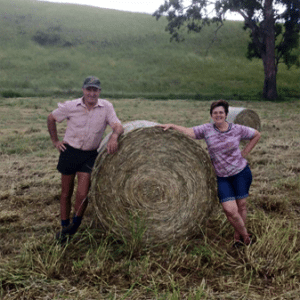

Dear Handsourced,
Looks like you guys have a fantastic thing going, I am very interested in your wild harvested game.
I have been looking for a way to ethically, sustainably find quality Australian wild game for my family and I’m hoping your business is it!
We are interested in various seasonal game, various cuts, whole animal nose to carcass and offal. Basically what options you have for what animals are the most ethical, accessible for our area and love the idea of learning to use the whole animal so, all sorts of cuts and offal.
We are located on the Sunshine Coast.
Very keen to hear what you have and can recommend. We are currently buying farmed organic game meats but would much prefer wild seasonal game.
Thankyou so much for your time and very excited to hear back from you.
Allina
Hi Allina, sorry for the tardy reply, you were caught in our very (too!) efficient spam trap! I am happy to help you, if you contact me directly with your email address I am sure we can get your family sorted 🙂